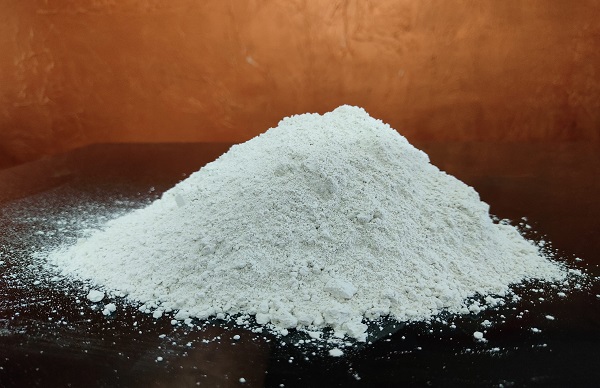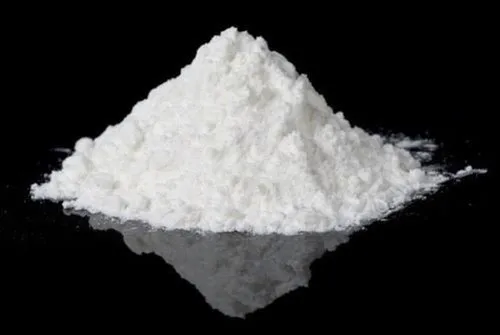
China Clay powder manufacturer in rajasthan
October 16, 2024
Quartz grains Buyers
October 16, 2024The grain of quartz is one of the most prominent minerals in the Earth’s crust, widely used in industries due to its versatility, durability, and resistance to chemical and physical weathering. Glass, ceramics, construction materials, and even electronics are made using quartz grains. This content will help you learn the quartz grain manufacturing process and the available market sizes.
What Are Quartz Grains?
Small naturally occurring particles of quartz mineral are known as quartz grains. They are made from silica-rich magma that crystallized slowly, deep within the Earth’s crust. Quartz grains are highly resistant to wear and tear, with a hardness level of 7 on the Mohs scale, making them ideal for a wide variety of industrial applications.
High-quality quartz grains are especially desired in industries such as glass, ceramics, paints, electronics, and construction. These grains are produced through a multi-step manufacturing process to ensure specific sizes, ranging from coarse to ultra-fine, to meet the requirements of different applications.
The Manufacturing Process and Crystallography of Quartz Grain
The quartz grain manufacturing process involves several stages, including mining, crushing, screening, washing, and drying. Let’s break down each step to better understand the process.
1. Mining and Extraction
Natural quartz deposits are the source for quartz grains. Large quartz rocks are mined using open-pit or underground mining techniques, depending on the location of the deposits. These rocks are then transported to processing units.
2. Crushing and Grinding
Once extracted, the quartz rocks are first crushed and then further reduced to smaller fragments. Jaw crushers or cone crushers are typically used in this process. Afterward, ball mills or rod mills are used to grind the quartz to the desired size, depending on its intended use.
3. Screening
After the quartz is crushed, it is screened through different mesh sizes to separate the grains based on size. This process is crucial to ensure the grains meet the requirements for various product grades. The quartz grains pass through vibratory screens that separate them into coarse, medium, and fine sizes.
4. Washing and Cleaning
Before being used in industrial applications, quartz grains often contain impurities such as clay, iron oxides, and organic matter. These impurities are removed through a washing process, using scrubbing equipment and water, resulting in high-purity quartz grains needed for industries like glass and electronics.
5. Drying
Once washed, the quartz grains are dried using rotary dryers or fluidized bed dryers to remove any remaining moisture. After drying, the grains are ready for industrial use and are packaged for distribution.
Sizes of Quartz Grains
Quartz grains come in a variety of sizes, each serving specific industrial applications. After screening, the grains are categorized into different size ranges:
- Coarse Grains (0.1mm to 1mm): Used in construction for concrete, asphalt, and decorative applications.
- Medium Grains (0.05mm to 0.1mm): Ideal for glass making, ceramics, and paints due to their durability and chemical resistance.
- Fine Grains (0.01mm to 0.05mm): Used in the electronics, glass, and ceramics industries, offering a smooth finish for high-quality products.
- Ultra-Fine Grains (Below 0.01mm): Essential for advanced technological applications, including electronics, optics, and precision instruments, as well as for fine abrasives and polishing compounds.
Applications of Quartz Grains by Size
Different sizes of quartz grains are used in a wide variety of industries:
- Construction: Coarse and medium quartz grains are commonly used in concrete, mortar, and plaster due to their high hardness and chemical stability.
- Glass and Ceramics: Medium and fine quartz grains are crucial for glass and ceramic production, ensuring high purity and smoothness for quality products.
- Electronics: Ultra-fine quartz grains are used in the electronics industry to manufacture semiconductors and other components due to their excellent electrical insulation properties.
Conclusion
The manufacturing of quartz grains is a multi-stage process designed to produce grains of different sizes for various industrial applications. Each step, from mining to drying and screening, ensures the highest quality grains are produced for industries like glass, ceramics, electronics, and construction.
Sudarshan Group is a reliable supplier of high-quality quartz grains in various sizes. With years of experience, they offer the best quartz grains tailored to meet the needs of industries across different applications.



